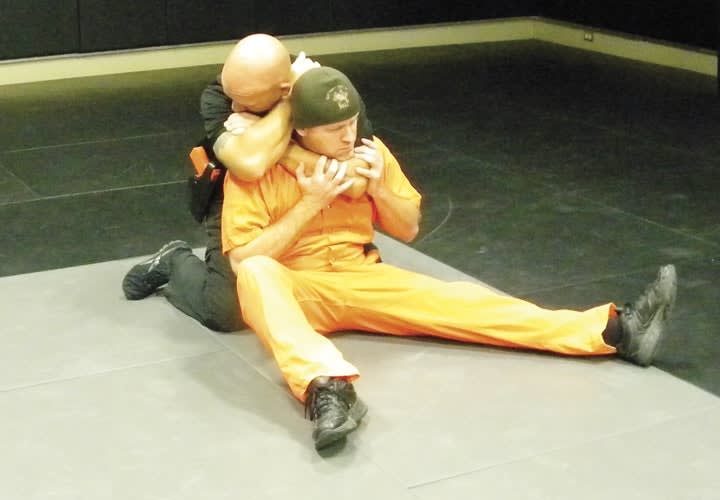Law enforcement is experiencing a dramatic increase in citizen contacts and critical incidents involving violently resistive and or otherwise dangerous subjects who are under the influence of street stimulants and designer drugs such as "bath salts." Officers are also encountering more emotionally disturbed persons (EDPs) who are presenting with decompensating, agitated, and chaotic behavior who are experiencing serious medical emergencies such as an "agitated chaotic event" and/or agitated-excited delirium.
Whether the subject an officer contacts is aggressive and violently resistive or experiencing a serious medical emergency, the officer will need to quickly and efficiently capture and control the subject for purposes of arrest or medical/mental health treatment. Frequently, such encounters result in multiple applications of an electronic control weapon (ECW), OC spray, impact weapons, and officer swarms to physically control and restrain resisting subjects who classically demonstrate superhuman strength.












